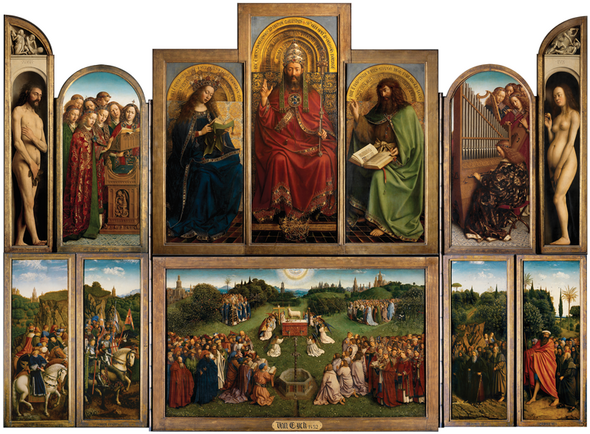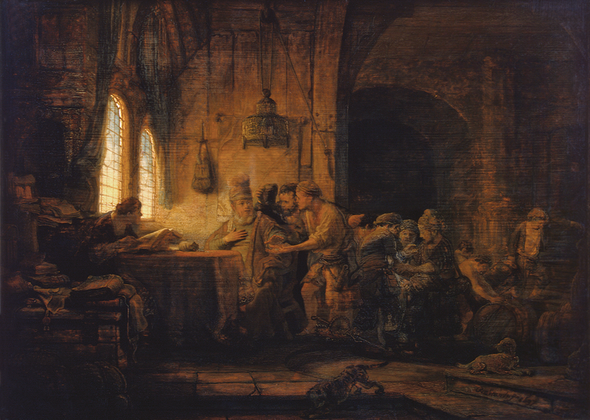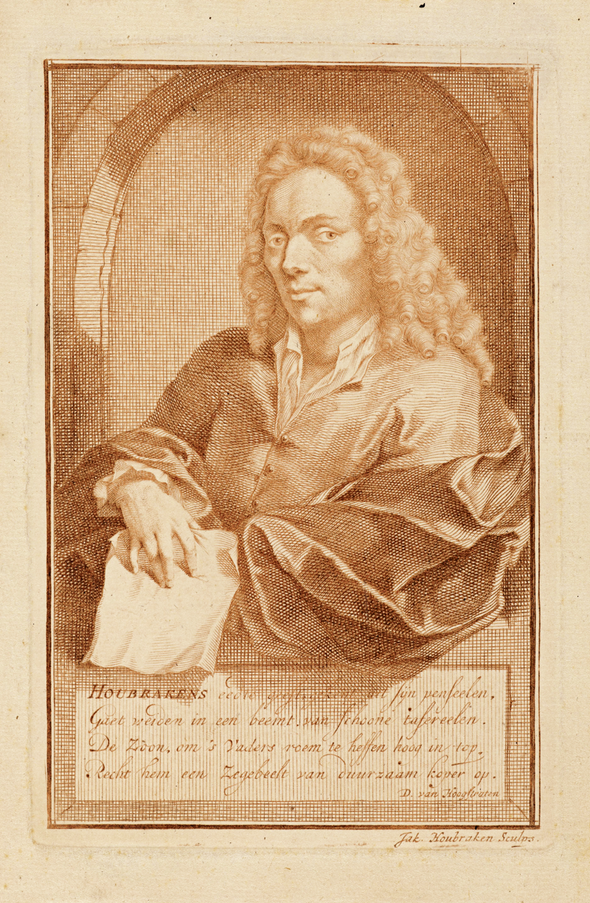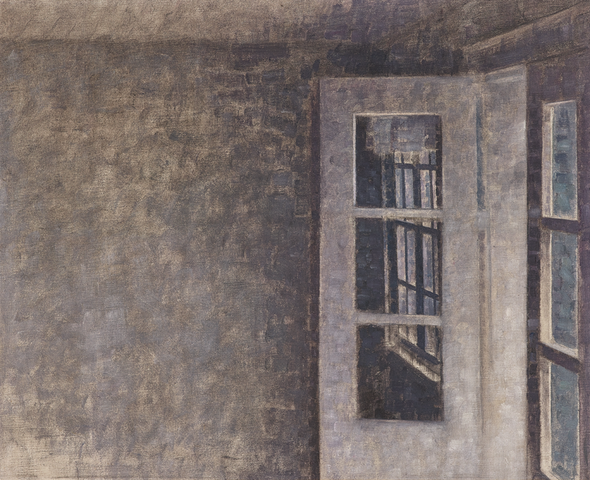By using this website you agree to our Cookie policy
The publication of volume five of A Corpus of Rembrandt’s Paintings drew a line under the original intentions of the Rembrandt Research Project (RRP), leaving a substantial body of paintings uncatalogued. This included the large history paintings, the portraits (apart from self-portraits) and the landscapes, all painted after 1642, amounting to some one hundred works, or about a quarter of his accepted œuvre. Students of the artist were left to take what comfort they could from Robert Louis Stevenson’s dictum that ‘to travel hopefully is a better thing than to arrive, the true success is to labour’. And labour, as even the harshest critics of the RRP would agree, the various authors most certainly did. But with the recent publication of Ernst van de Wetering’s Rembrandt’s Paintings Revisited: A Complete Survey all is not lost. Corpus VI, as it is also known, can best, if prosaically, be described as a mopping-up operation, devoted to completion and revision and a good deal more. But, in view of the nature of the publication, the previously uncatalogued paintings cannot be treated to the ‘full monty’ in the manner of the existing volumes.
Rembrandt’s late works are justly regarded as one of the summits of Western art, and the most comprehensive exhibition ever devoted to them – first shown at the National Gallery, London (closed 18th January), and soon to be transferred and enlarged at the Rijksmuseum, Amsterdam (12th February to 17th May) – does not disappoint. Included in it are more than ninety paintings, drawings and etchings spanning the last two decades of the artist’s career with a predictably generous selection of works from the two host museums and spectacular loans from Stockholm, Washington, Kassel and Braunschweig, although (alas) none from Russia, nor any paintings from New York. Accompanying the exhibition is a fully illustrated catalogue consisting of fourteen essays of variable distinction but no catalogue entries.1 As a work of reference and scholarship this pales beside the monumental volumes that accompanied the great Rembrandt exhibition mounted by these same museums with Berlin in 1991–92, which are still indispensable. Instead, what we are offered now is a substantial souvenir of a truly remarkable exhibition that fully warranted a more enduring publication, although a scholarly supplement on the exhibited works is available online.




